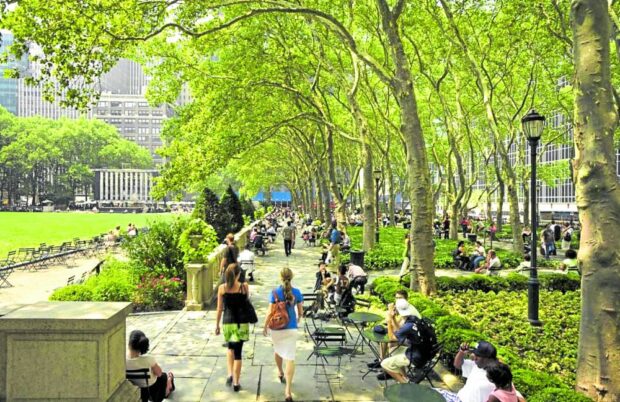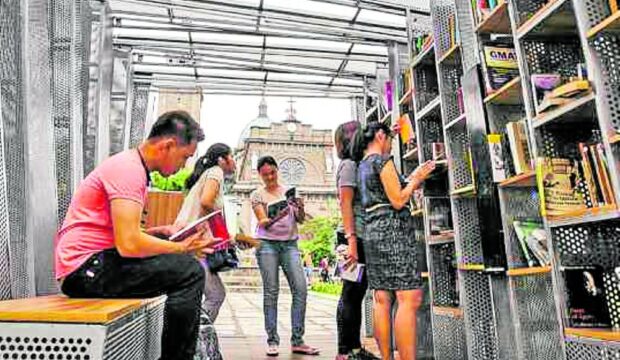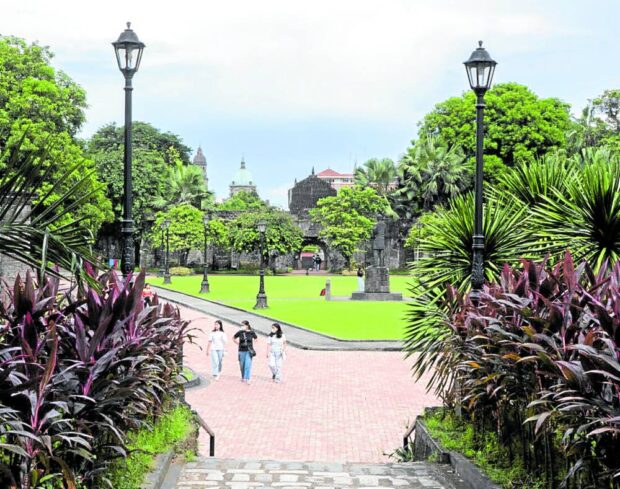Shared land that defines us

Public space fosters a sense of identity, community and shared values. (HTTPS://GREENSONCOUNCIL.ORG.AU)
The value of public space in nation-building cannot be understated. In an increasingly urbanized world, these areas serve as the backdrop of our daily lives. Public space fosters a sense of identity, community and shared values. To fully appreciate its significance, we must delve into its relationship with private land ownership, how the public can better understand the stakeholder value, and why the development of social infrastructure is vital for the livability of urban environments.
Public space and private land ownership
In our ever-expanding cities, the balance between public and private land is crucial. While the definition of public space varies from city to city, it generally encompasses parks, plazas, streets, and other areas accessible to all citizens. But how much of our urban landscape is privately owned and not public?
The answer depends on the city, its policies and history. In many urban centers, private land ownership prevails, accounting for most of the urban landscape. Residential, commercial, and industrial properties make up a significant portion of urban areas, often dwarfing the extent of public spaces.
This is a reflection of the practical necessity of private property for housing, commerce and industry. However, the existence and quality of public spaces remain vital for a city’s well-being and identity.
Role of public spaces
Public spaces are the glue that binds diverse communities. These areas offer neutral ground where people of different backgrounds can come together, interact and share experiences. Whether it is a bustling plaza, serene park, or cultural institution, public spaces provide opportunities for social interaction, recreation and cultural exchange.
Public spaces also facilitate civic engagement. They often serve as venues for public gatherings, protests and political discourse. In democratic nations, these spaces enable citizens to exercise their right to free speech and assembly, fostering a culture of political involvement. Public spaces showcase democracy in action, where diverse voices come together to shape a nation’s future.
Understanding stakeholder value
To truly grasp the value of public space in nation-building, it is essential for the public to recognize themselves as stakeholders. A public space belongs to everyone, its benefits collective. When individuals understand that they have a stake in these spaces, they are more likely to participate in their preservation and improvement.
To foster this understanding, cities and communities must actively involve their citizens in the planning and maintenance of public spaces. This can take the form of participatory budgeting, public consultations and community-driven initiatives. When individuals have a say in how public spaces are designed and used, they develop a stronger sense of ownership and pride in these areas.
Educating the public on the many facets of a public space’s value is also crucial. Public campaigns, workshops and school curricula can highlight the cultural, social, economic and environmental benefits of public spaces. When people see how the spaces contribute to their quality of life, they are more likely to advocate for their preservation and expansion.
Importance of social infrastructure
Beyond the physical aspects of public spaces, there is the concept of social infrastructure. Public spaces are not just empty areas; they are platforms for social life. Their infrastructure includes libraries, community centers, sports facilities and cultural institutions. It is the unseen backbone that supports a vibrant and inclusive urban environment.
Social infrastructure is vital for the livability of urban areas. It provides access to education, recreation and cultural enrichment. Libraries, for example, are hubs of learning, fostering knowledge and intellectual growth. Community centers offer a space for residents to connect, organize events and seek support. The facilities are vital to maintaining a city’s social fabric.
Investment in social infrastructure is an investment in a nation’s future. As cities grow and evolve, the development of social infrastructure becomes increasingly crucial. It not only enhances the quality of life for residents but also attracts businesses and visitors, contributing to economic growth.
What we share
Public space is the shared land that defines us as a nation. It is where people come together, share experiences, and engage in the life of their community. While private land ownership dominates the urban landscape, public spaces and social infrastructure are critical components that enhance our quality of life, promote democracy and shape our collective identity.
As our cities continue to grow, it is imperative that we prioritize the preservation and expansion of public spaces and invest in the social infrastructure that underpins the vibrant, inclusive and dynamic urban environments that define our nations. Public spaces are the soul of our cities and the foundations of our nations.
Design exploration requires the input of everyone in our community. We invite everyone to come join our explorations on the human environment. Join us on Instagram @wtadesignstudio and @entrari.


